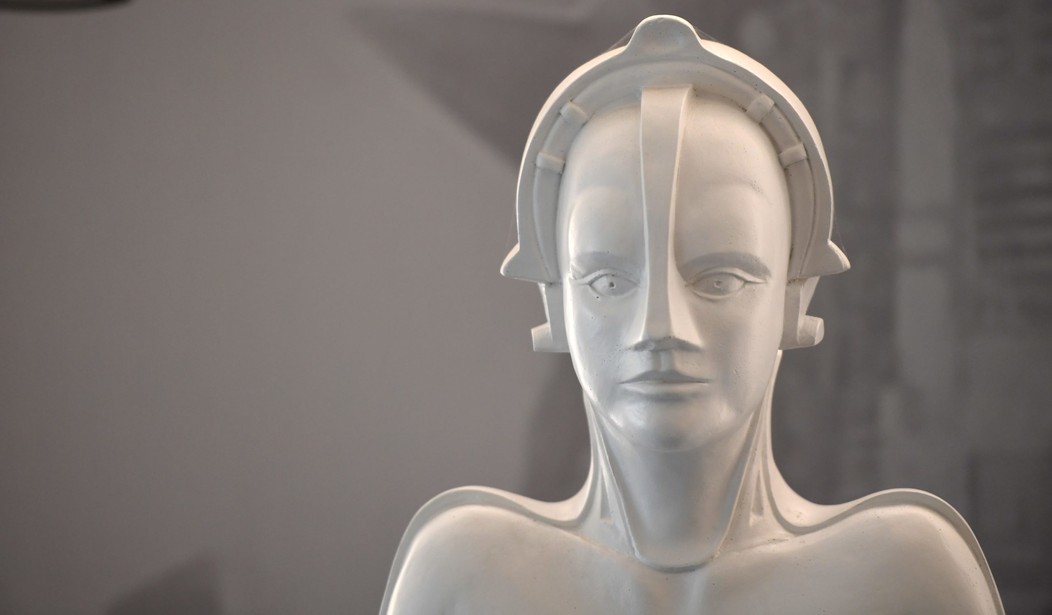Ready for the arrival of the robots? You’d better be, because they’re ready for you. Well, almost:
Sporting a trendy brown bob, a humanoid robot named Erica chats to a man in front of stunned audience members in Madrid. She and others like her are a prime focus of robotic research, as their uncanny human form could be key to integrating such machines into our lives, said researchers gathered this week at the annual International Conference on Intelligent Robots.
“You mentioned project management. Can you please tell me more?” Erica, who is playing the role of an employer, asks the man. She may not understand the conversation, but she’s been trained to detect key words and respond to them.
A source of controversy due in part to fears for human employment, the presence of robots in our daily lives is nevertheless inevitable, engineers at the conference said. The trick to making them more palatable, they added, is to make them look and act more human so that we accept them into our lives more easily.
These aren’t your grandfathers robots, either. When I was a kid, our notion of what robots looked like came straight out of the movie, Forbidden Planet, where Robby the Robot nearly stole the movie and spun off a line of toys for boys everywhere:
Today’s androids are increasingly lifelike — a little too much so, in some municipalities — and soon enough will be indistinguishable from real humans, like Hillary Clinton. How long, therefore, will it be before author Isaac Asimov’s Three Laws of Robotics come into play?
- A robot may not injure a human being or, through inaction, allow a human being to come to harm.
- A robot must obey orders given it by human beings except where such orders would conflict with the First Law.
- A robot must protect its own existence as long as such protection does not conflict with the First or Second Law.
Why robots and why now?
In ageing societies, “robots will coexist with humans sooner or later”, said Hiroko Kamide, a Japanese psychologist who specialises in relations between humans and robots.
Welcoming robots into households or workplaces involves developing “multipurpose machines that are capable of interacting” with humans without being dangerous, said Philippe Soueres, head of the robotics department at a laboratory belonging to France’s CNRS scientific institute. As such, robots must move around “in a supple way” despite their rigid mechanics and stop what they are doing in case of any unforeseen event, he added.
That’s why people are choosing “modular systems shaped like human bodies” which are meant to easily fit into real-world environments built for humans. For instance Atlas, a humanoid robot made by Boston Dynamics, can run on different types of surfaces. In Madrid, Marc Raibert, founder of the US firm, played a video showing Atlas doing a backflip.
Backflips, schmackflips. What we all want to see is robots who look like Alicia Vikander:
What we don’t want are robots who look like Arnold Schwarzenegger:
But no matter how lifelike our robots get, they’ll never top the Art Deco girl of our dreams from Fritz Lang’s Metropolis.
Sometimes the old robots really are the best robots.









Join the conversation as a VIP Member